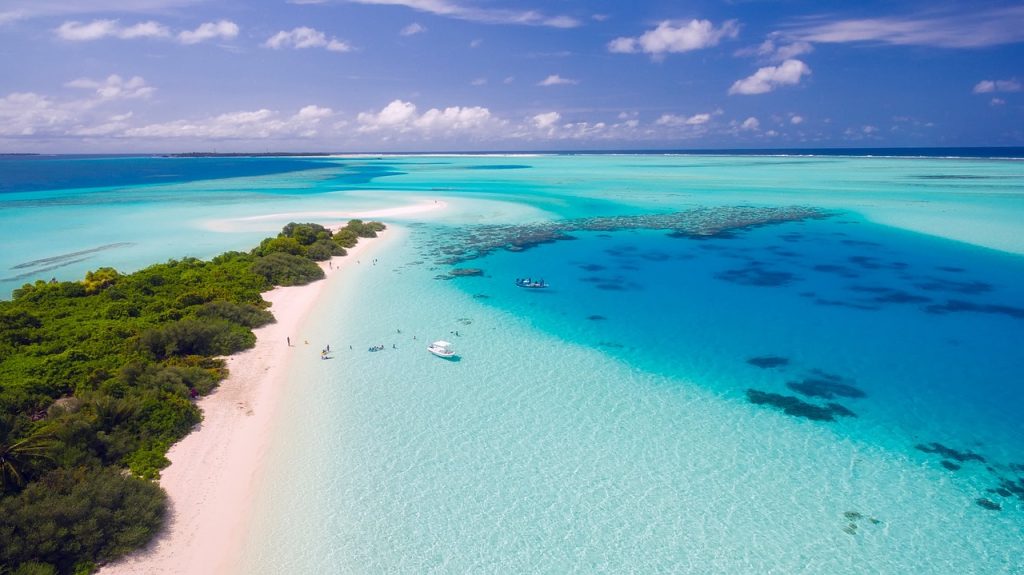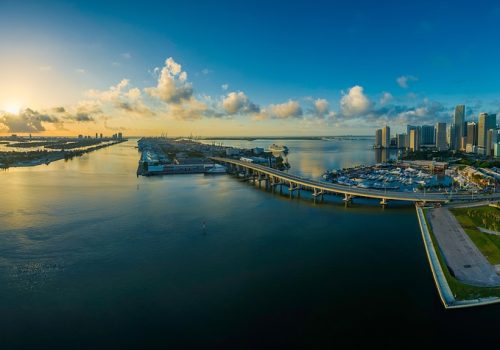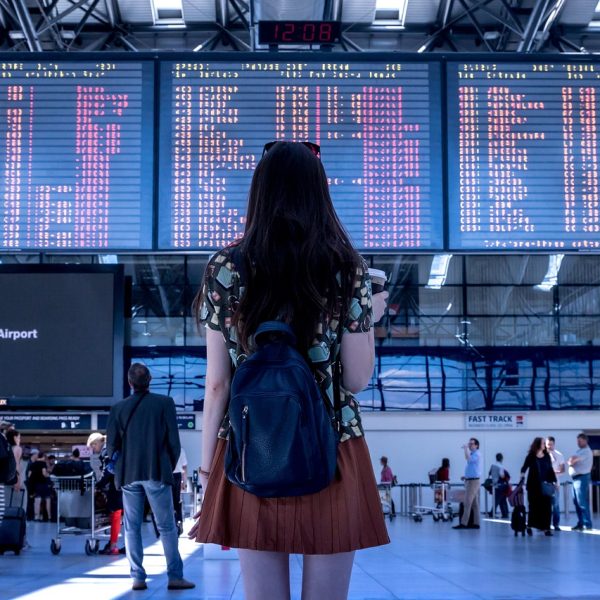
Leisure travel, as we understand it today, is a relatively modern phenomenon. In ancient civilizations, travel was often a necessity—people moved for trade, conquest, or religious pilgrimages. Yet, traces of leisure travel can be found as early as the Roman Empire, where affluent citizens visited resort towns like Pompeii for relaxation and recreation.

One of the primary motivators for leisure travel is the desire to escape the pressures of everyday life. Many people travel to serene locations like beaches, mountains, or resorts to rejuvenate their minds and bodies.

For many, leisure travel is a way to learn about different cultures, traditions, and histories. Visiting iconic landmarks, museums, and historical sites allows travelers to connect with the past and understand how other people live. Cities like Paris, Rome, and Tokyo are popular for their rich history and vibrant cultures.

Some travelers are driven by a thirst for adventure. These individuals seek activities that challenge them physically and mentally, whether it’s hiking through rugged terrain, scuba diving in coral reefs, or skiing down snow-capped mountains.


Leisure travel is a key driver of the global economy. The tourism industry encompasses various sectors, including hospitality, transportation, entertainment, and retail. According to the World Travel & Tourism Council (WTTC), tourism contributed approximately $8.9 trillion to the global economy in 2019, representing 10.3% of the global GDP. This industry provides millions of jobs worldwide, from hotel staff and tour guides to restaurant workers and local artisans.
